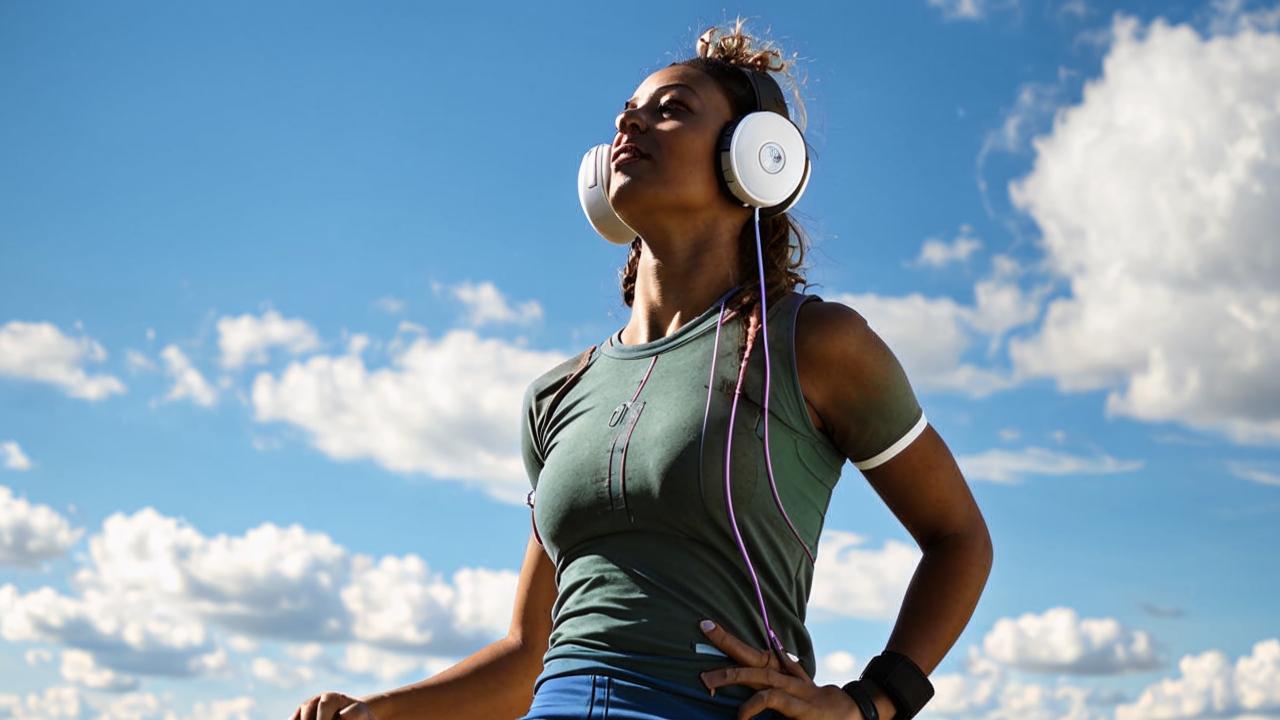
Fitnesstrainer
Strong and powerful arms can be pumped up without exercise machines. To do this, you need to train the biceps and triceps muscles of the shoulder. In simple terms, the biceps and triceps.
Triceps occupies the entire back side of the shoulder and consists of three heads – long, lateral and medial. Its main function is to extend the arm at the elbow joint. The biceps is located on the front and inner part of the arm and consists of two heads – long and short. Its main function is to flex the arm at the elbow joint.
For arm muscles, as for any other muscles, there is no difference whether you exercise on exercise machines, a tourniquet or with a heavy metal armature. If you regularly and qualitatively load the muscles, they will add strength and increase in volume.
How to build the right training?
In 2007, a study came out in the Journal of Clinical Anatomy about the types of muscle fibers that cross the human shoulder. The study states that the triceps and biceps are made up of type II muscle fibers. Training them is better with heavy weights for 8-12 repetitions. Set a goal to do the exercise slowly, without jerking or chitting.
The principle of “the more the better” will not work here, on the contrary, your progress will slow down. There have been studies on how the number of approaches and repetitions affects the increase in muscle mass. For this purpose, scientists selected athletes and divided them into two groups. One group performed 10 sets of 10 reps per workout and the other group performed five sets of 10 reps per workout.
After six weeks of the study, muscle mass gains in both groups were at the same level. The scientists concluded that performing 10 reps compared to five reps may result in a lower training effect. To get the most out of your workout, it is recommended to perform 4-6 approaches in each exercise.

Top 6 exercises to pump up your arms without machines
Pull-ups with narrow reverse grip on biceps
Technique
- Grasp the bar with your hands at a distance less than shoulder width with a reverse grip.
- Bring your chest forward, and lower your shoulder blades down and keep them in this position throughout the exercise.
- With a powerful exhalation, bend your arms at the elbows, pulling yourself up.
- Do the movement by bending the arms, tensing the biceps. It is important not to reach the bar with your chest to minimize the work of the back muscles.
- As you exhale, gently lower yourself back to the starting position until your arms are fully extended.
Perform three approaches of 10 times. Take one to two minutes of rest between approaches.
Push-ups on the bars for triceps
Technique
- Grasp the bars, the body is flat. Neck, back and hips are in line. Legs together.
- Lower the shoulder blades down and bring them together. In this position they remain throughout the exercise. The elbows are pressed against the torso.
- As you inhale, smoothly lower the body to the lowest point, bending the elbows to an angle of 90 degrees.
- As you exhale, straighten your arms, raising your body to the top point. Try to avoid jerking and swinging your legs.
Perform three approaches of 10 times. Make rest between approaches from one to two minutes.
Triceps curls on a low bar
Technique
- Rest your straight arms on the bar or bench so that your feet are on the floor, and the body is flat.
- From the position in the angle rest on the inhalation smoothly bend the elbows to an angle of 90 degrees.
- The torso is lowered to the floor. The body is straight, stretched in one line. Try to dive under the bar with your head.
- As you exhale, powerfully bend your elbows so that your arms become straight.
Perform three approaches of 10 times. Make rest between approaches from one to two minutes.
Reverse grip biceps curl on a low bar
Technique
- Grasp the bar – hands at shoulder width. Your fingers are facing you.
- As you exhale from the lowest point, pull your chin to the bar. Your elbows are pressed against your torso.
- Try to make the movement by bending the arms at the elbows, tensing the biceps.
- Hold for a second at the top point.
- As you inhale, smoothly lower to straight arms to the starting position.
Perform three approaches of 10 times. Take one to two minutes of rest between approaches.
Diamond push-ups
Technique
- Take a lying down position. Keep the body straight. Your neck, back and hips are in line. Feet together.
- Place your hands narrowly. The distance between your palms is 10 to 30 centimeters. Distribute the load on the entire surface of the palms and fingers. The elbows are slightly pressed against the body.
- Lower the shoulder blades down and bring them together. They remain in this position throughout the exercise.
- As you inhale, lower yourself to a 90-degree angle at the elbows.
- As you exhale, straighten your arms and rise to the top point.
Perform three approaches of 8-12 times. If the load was light, you can use additional weights. Rest between approaches – two to three minutes.
Reverse bench push-ups
Technique
- Stand with your back to the support. This can be a chair, bench or Smith. Place your hands at shoulder width or narrower. Keep your fingers facing in different directions. This will keep the shoulder joint safe from injury and relieve unnecessary stress. Distribute the load over the entire surface of your palms and fingers. Rest the heels of your straight legs on the floor.
- Lower your shoulder blades down and bring them together. Keep them in this position throughout the exercise.
- As you inhale, slowly lower yourself to a 90-degree angle at the elbows.
- As you exhale, straighten your arms and rise to the top point.
Perform three approaches of 8-12 times. If the load was light – you can use additional weights. Rest between approaches – two to three minutes.
At first, train your arms with one weight and gradually increase the number of repetitions in the approaches. Let the body get used to the load. You do not need to increase the weight and repetitions at every workout.






